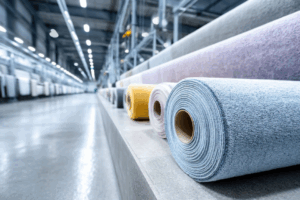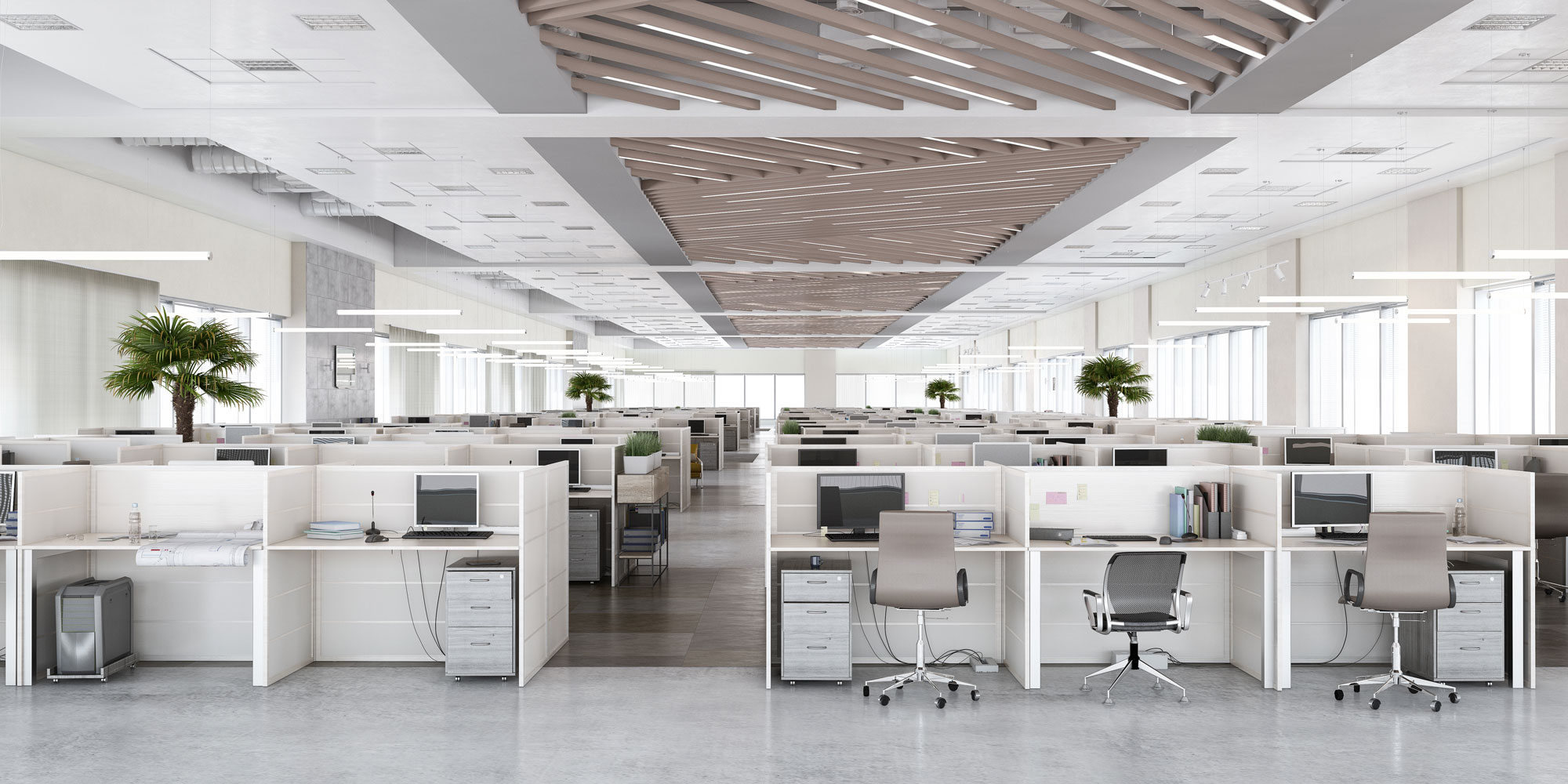That conference room set from 2008 has seen better days. The fabric chairs in reception are showing their age, and those cubicles from your last expansion don’t fit your new open-office vision. Now you’re staring at a warehouse full of old furniture, wondering if your only options are paying for disposal or letting it collect dust forever.
Here’s what most businesses don’t realize: your old office furniture often has more value than you think. Whether through resale, donation, recycling, or creative repurposing, there are sustainable and cost-effective ways to handle furniture transitions that might even offset your replacement costs.
What Are Your Options for Disposing of Old Office Furniture?
The worst thing you can do with old office furniture is nothing. Every month it sits in storage costs you money in space, and its value continues to depreciate. Let’s explore the smart alternatives to the dumpster.
- Resale and Liquidation
Quality office furniture holds surprising resale value, especially Herman Miller, Steelcase, and other premium brands. Even mid-tier furniture in good condition attracts buyers. Liquidation companies purchase entire lots, handling removal and transportation. Online marketplaces connect you with businesses seeking affordable furniture. Corporate furniture dealers often offer buy-back programs when you purchase new items.
- Donation Opportunities
Nonprofits and schools desperately need office furniture. Startup incubators furnish new businesses on tight budgets. Community centers upgrade their administrative spaces. Vocational schools use furniture for training programs.
- Recycling and Upcycling
Modern office furniture contains valuable recyclable materials. Metal frames, aluminum components, and certain plastics have recycling value. Wood components can be repurposed or processed into other products. Some furniture can even be refurbished rather than replaced, extending its life cycle at a fraction of new furniture cost.
How Do You Determine Furniture Value and Condition?
Not all old furniture is created equal. A ten-year-old ergonomic chair might have more life left than a trendy piece from last year. Understanding value helps you make informed decisions about each piece.
Start with an honest assessment. Check structural integrity—wobbly desks and broken adjustment mechanisms usually mean disposal. Examine upholstery for stains, tears, or wear that cleaning won’t fix. Test all moving parts, such as drawers, keyboard trays, and height adjustments. Look for manufacturer labels and model numbers, as brand names significantly impact resale value.
High-Value Items Typically Include
- Ergonomic task chairs from recognized brands
- Solid wood conference tables and executive desks
- Modular workstation systems in standard configurations
- Filing cabinets and storage systems in good condition
Age matters less than condition for quality pieces.
What Environmental Impact Does Furniture Disposal Have?
The numbers are staggering: office furniture disposal contributes millions of tons to landfills annually. A single office chair can take 20-50 years to decompose, releasing harmful chemicals throughout the process. Metal components last even longer, while foam padding and synthetic fabrics create environmental hazards.
But here’s the encouraging part—nearly 75% of office furniture components can be recycled or repurposed. Steel and aluminum frames have infinite recycling potential. Wood products can become particleboard or biomass fuel. Even fabric and foam have recycling pathways through specialized facilities.
Choosing sustainable disposal methods is increasingly important for corporate image and ESG (Environmental, Social, and Governance) reporting. Employees and customers notice when companies walk their sustainability talk. Documenting your furniture diversion from landfills provides concrete evidence of environmental commitment.
How Can You Offset New Furniture Costs Through Smart Disposal?
Strategic furniture disposal can significantly reduce your renovation budget. Think of old furniture as an asset to leverage, not a liability to eliminate.
Revenue Generation Strategies
Selling to liquidators provides immediate cash flow, though at lower prices than individual sales. Online marketplaces like Facebook Marketplace or specialized office furniture sites yield higher returns but require more effort. Consignment arrangements let dealers handle sales while you receive proceeds minus commission. Employee sales programs offer furniture at discounted rates, boosting morale while clearing inventory.
Cost Reduction Approaches
- Trade-in programs with furniture vendors reduce new purchase prices
- Donation tax deductions offset disposal costs
- Recycling programs sometimes pay for metal-heavy furniture
- Avoiding disposal fees saves thousands in hauling and landfill charges
Some companies discover their old furniture’s value covers 20-30% of new furniture costs. Even when furniture has minimal resale value, proper disposal planning prevents the $50-100 per piece disposal fees that add up quickly.
What Are the Legal and Logistical Considerations?
Before you start listing furniture online or calling recyclers, understand the requirements and restrictions that apply to commercial furniture disposal.
Some jurisdictions prohibit landfilling certain office furniture components. Electronics integrated into furniture (like powered desks) need special handling. Donation recipients may require specific documentation for tax purposes. Data security means ensuring no sensitive information remains in or on furniture.
Timing removal with new furniture arrival prevents workspace disruption. Large furniture requires professional moving equipment and expertise. Multi-floor buildings need elevator scheduling and protection. Storage during transition periods adds complexity and cost.
Professional decommissioning services navigate these challenges daily. They understand local regulations, have established recycling partnerships, and possess the equipment and insurance for safe removal. Most importantly, they coordinate timing to minimize business disruption.
How Does BMS Handle Furniture Decommissioning and Removal?
BMS Commercial Services approaches furniture removal as an opportunity, not just a task. The team’s experience in decommissioning and removal services focuses on maximizing value recovery while minimizing environmental impact and business disruption.
We handle all logistics, from initial assessment through final removal. Their teams work around your schedule, often completing major removals over weekends. They provide all necessary documentation for donations, recycling certificates for environmental reporting, and detailed manifests for asset tracking.
What Should You Consider Before Your Next Furniture Transition?
Smart furniture disposal starts long before removal day. Planning ahead maximizes value recovery and minimizes disruption.
Begin by inventorying furniture 3-6 months before replacement. This timeline allows for strategic disposal—selling high-value items individually while bundling lower-value pieces for bulk removal. Photograph everything for documentation and marketing purposes. Research local donation recipients and their furniture needs.
Consider the furniture’s lifecycle when making new purchases. Choosing quality, modular furniture with strong resale value pays dividends during future transitions. Some companies now lease furniture, transferring disposal responsibility to leasing companies. Others select furniture with manufacturer’s take-back programs.
Contact BMS Commercial Services for Sustainable Furniture Management
Old office furniture represents both a challenge and an opportunity. While the easiest path might seem like calling a disposal company, smart alternatives often generate revenue, support community organizations, and demonstrate environmental responsibility.
Remember that sustainable furniture management extends beyond disposal. It includes thoughtful purchasing decisions, proper maintenance to extend furniture life, and planning for eventual replacement from day one.
Contact BMS Commercial Services to explore how professional decommissioning services can maximize value recovery while supporting your sustainability goals.





